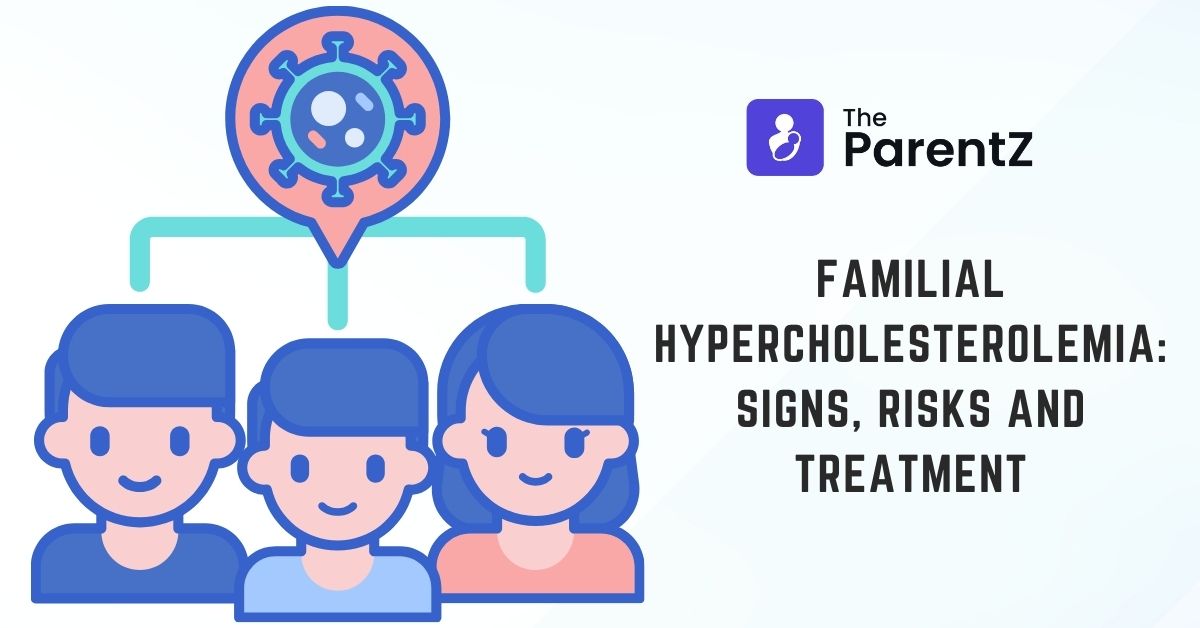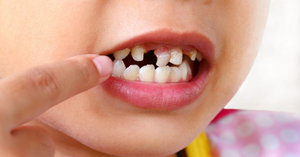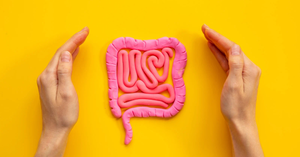What is Familial Hypercholesterolemia?
Familial Hypercholesterolemia is a genetic condition in which the levels of LDL cholesterol in the body increases. It can be present in a baby at birth if one or both parents has the condition. Children with familial Hypercholesterolemia are more likely to develop heart disease or suffer from a heart attack.
In normal individuals, the liver is responsible for clearing the LDL from the bloodstream. In children with familial Hypercholesterolemia, the liver is unable to perform this function effectively and hence it’s concentration in the blood increases significantly.
Who is at risk for Familial Hypercholesterolemia?
Children born to parents where one or both have familial Hypercholesterolemia are at a risk for developing the condition as well. Sometimes, the disease may go undiagnosed as signs and symptoms do not show up. If somebody in your immediate family or relatives has been diagnosed with the condition, suffered a heart attack at an early age or has a heart disease; you and your child should get tested for lipid levels in the body.
What are the signs and symptoms of Familial Hypercholesterolemia?
Children with Familial Hypercholesterolemia have a high level of LDL in the blood. It is determined by blood tests and the measures are-
- 160 mg/dL or above if early heart disease runs in the family
- 190 mg/dL or above with no early heart disease
These excessive levels of lipids may get deposited in the body and manifest as the following:
- Cholesterol deposits may be felt or seen under the skin. These are soft yellow bumps on the hands, elbows, knees, or achilles tendon.
- Presence of yellow areas around the eyes
- A white or grey ring around the iris which is the coloured circle in the eye can be seen
How is Familial Hypercholesterolemia treated?
Familial Hypercholesterolemia is treated with both lifestyle changes and medicines. Lifestyle changes, though extremely important, are not enough to control the condition alone.
- Regular physical activity is recommended for the child.
- Having a healthy and balanced diet is also recommended.
- Cholesterol-lowering medicines can be recommended for treatment. These include drugs like statins.
- Most children do not need medications until the age of 8–10 years old. Sometimes, in severe cases, statins can also be recommended at an early age.
What should I know as a parent?
- It is not possible to prevent Familial Hypercholesterolemia. If your child has the condition, you should try your best to manage it effectively. Management of Familial Hypercholesterolemia needs a lifetime of dedication and continuous treatment.
- Even though Familial Hypercholesterolemia cannot be prevented, the heart disease which develops as a complication can be prevented with proper care.
- Ensure your child follows a healthy and balanced diet. You should give your child a diet high in fibre and limit intake of processed foods.
- Ensure that your child has proper and adequate physical activity.
- You should schedule regular checkups for your child and also never miss a scheduled appointment with your child’s doctor.
- If your child is diagnosed with Hypercholesterolemia while both the parents are not, it is a wise decision to checkups for both the parents as well. It is because there is a high chance of one or both parent having the same condition which has gone undiagnosed.








Be the first one to comment on this story.